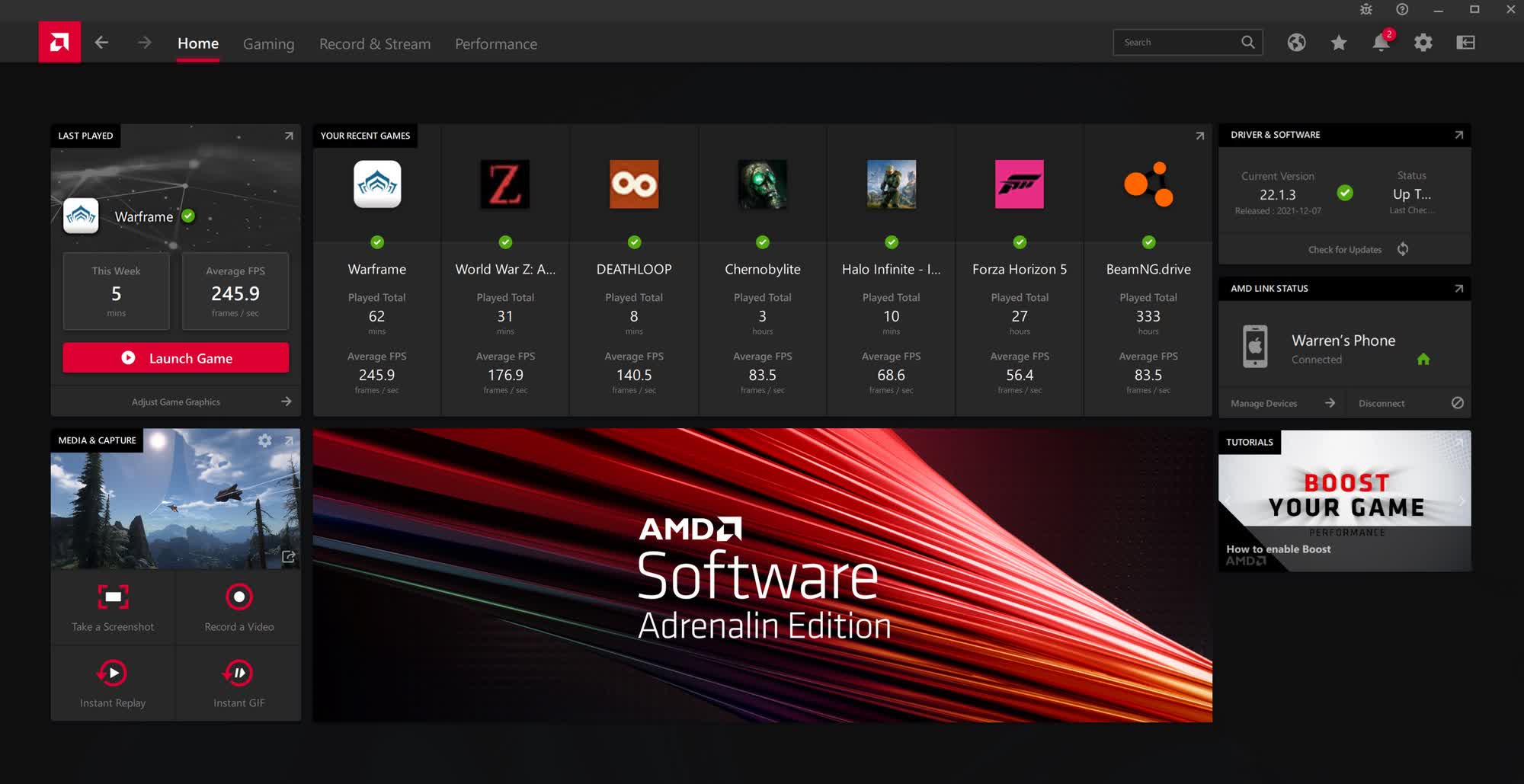
The Pitt Is An Outstanding New Medical Drama Everyone Should Watch
www.forbes.com
Noah Wyle in The PittCredit: HBO / MaxI suspect that many people currently watching The Pitt on HBO and Max are longtime fans ER, an NBC medical drama that ran from September, 1994 to April, 2009, dropping over 300 episodes across its 15 seasons.I am not one of those people. The first time I watched ER was after watching the fourth episode of The Pitt. My curiosity was piqued. I wanted to know a bit about the spiritual predecessor of this great new drama.A few brief thoughts on the ER series premiere:My goodness, TV has changed since 1994. I genuinely liked the ER premiere and its funny to see George Clooney without grey hair. But TV was not the premium experience it is today. The ER premiere was well-shot and clearly made by people who knew what they were doing but it has that cheaper vibe about it that used to be pretty standard with TV, even great TV.The music might be the thing that jumped out at me the most. Theres a style of music used in the 80s and much of the 90s in TV shows, movies and trailers that dates them even more than the hair or costumes. Lots of very dramatic music. This is a stark contrast to The Pitt, which essentially has no music. This adds to the shows realism, as you will not find music playing in an ER (Im not a medical professional but Ive spent plenty of time in emergency rooms).In any case, as a newcomer to ER and someone only vaguely familiar with Noah Wyle, I have to say that Im genuinely surprised at how much Im enjoying The Pitt, which has aired just four episodes so far, with new episodes dropping each Thursday. I would say that Im only a casual fan of medical dramas in general (I also recently started watching House which is great so far, combining medical drama with Sherlock Holmes basically, and Hugh Laurie is one of my all-time favorites).The PittCredit: HBOThe shows title is a reference to the ER unit itself, referred to by the people who work there as The Pitt (a play on words, since it takes place in Pittsburgh and is down on the bottom floor of the hospital).MORE FOR YOUThe Pitts central gimmick is that its also a spiritual successor to 24. Each episode is one hour of real-time. The first season covers a single 15-hour emergency room shift. This means that events play out in real-time, beginning at 7am at the start of the shift and progressing throughout the day. If a patient showed up at the beginning of episode 1 and theyre still in the waiting room by episode 4, you know theyve been waiting out there for 3+ hours.Where the show really shines is in its ability to tell a whole bunch of different stories with a sprawling cast of characters in a way that is still incredibly easy to follow. Its remarkable, in fact. There are a bunch of doctors, student doctors, nurses, techs, medics and EMTs working the shift, and a rotating cast of patients and families filtering in and out of the ER throughout the day. Somehow The Pitt balances all of the chaos and interpersonal relationships perfectly, making it easy to follow along despite how much is happening and how quickly things can change. The pacing is just right, moving between slower character moments and intense emergencies deftly.A lot of the cases are mundane, too. Sure, theres a gunshot wound or a heart attack here and there, or something goes wrong or a patient dies. But a lot of the time, the cases we see are far less dramatic. A baby who wont stop crying isnt actually suffering from some mysterious illness. A strand of her mothers hair has just tightened around one of her toes, cutting off circulation, and nobody noticed. A repeat visitor with a blood alcohol level that would kill a normal person chats cheerfully with doctors and nurses who know him all too well.The PittCredit: HBOTheres lots of well-written banter interspersed throughout the more serious dialogue. Medical students ribbing one another. Techs placing bets on a stolen ambulances fate. Wyles character, Dr. Michael Robbie Robinavitch cracking wise at the busy-body hospital administrator. Its not a comedy, but the show balances its heavier moments out with some well-placed humor that always feels very human and natural.As noted above, I am not a medical professional but Ive heard from many in the field that despite some details not quite lining up, The Pitt is surprisingly accurate when it comes to both medical terms and procedures and the minute-to-minute workings of an ER. Sure, a really busy ER might have more background noises, but the show also has to make it easy to follow and listen along, so it makes sense to fine-tune a bit and make changes for TV. But a lot of the medical procedures and diagnoses that you see in the show are very accurate and not dramatized. This certainly makes it all feel more authentic and real.Ive also noticed myself getting genuinely emotional at times in places I wasnt expecting. There are really touching moments of human grief and struggle, but also of hope and warmth and kindness. The entire cast is doing a great job but Wyle in particular is a real gem. Hes so natural as the ERs head doctor, its hard not to think of him as a real physician. But hes also just a well-crafted character, with his own trauma and stress and the many ways he copes with it all and manages to juggle so many people and cases and problems without breaking.The PittCredit: HBOI have no idea where all of this is going. With 11 more hours in the season/shift, anything could happen. Theres a ticking clock element that I hope doesnt really lead to anything (I wont spoil it) but certainly adds to the overall sense of tension we feel as we watch. But mostly, you just feel like youre spending a long day in an ER, watching countless little stories play out, curious to see where each one will end up. The characters are mostly likeable (with a few exceptions, as in life) and while theres not really a plot in the traditional sense, just following each character and story as it unfolds is incredibly satisfying television.The Pitt is my first pleasant surprise of 2025. This wasnt on my radar at all, and now its one of the shows I look forward to most each week. Give it a watch.
0 Kommentare
·0 Anteile
·28 Ansichten








